Are you tired of not being able to have your own flock of chickens? Are you looking for an efficient and inexpensive way to add some feathered friends to your backyard or homestead? If so, then converting a shed into a chicken coop might be the perfect solution. This blog post will take you step-by-step through the process of turning a shed into a safe and comfortable home for your chickens. From assessing the condition of your potential chicken coop space, preparing it for poultry living, and finally setting up nesting boxes and perches; we’ll give you everything needed to successfully turn that old shed into an amazing chicken coop!
Converting A Shed Into A Chicken Coop
Stabilize The Base
To convert a shed into a chicken coop, the base should be stabilized as the first step. Make sure the foundation, flooring, and walls are all secure and sturdy enough to accommodate your flock. This might involve reinforcing any weak spots or replacing certain parts of the structure. You should also check that there is adequate drainage away from the coop so that water doesn’t build up and cause potential problems down the line.
Install Ventilation Systems
Next, you need to install ventilation systems in order to ensure proper air circulation inside the coop. This will help keep your chickens cool during hot summer months as well as prevent humidity buildup which can lead to feather loss, respiratory issues, and other health concerns for your birds. To install a ventilation system, start by cutting small holes in the walls and ceiling of the shed, making sure that they are positioned correctly to facilitate proper airflow. Adding fans or extractor fans can also be beneficial. [1]
Set Up The Interior
Once you’ve stabilized the base and installed a ventilation system, it’s time to set up the interior. Invest in quality materials such as wood paneling or wire mesh to line the walls and create separate areas within the coop. This will provide your chickens with space for roosting, nesting, and moving freely around their home. Additionally, install perches at different heights so that they can access food and water easily.

Construct A Wall And Door
This will help keep gazes, predators, and other pests out while allowing you to safely enter the coop as needed. To create an entrance for people, install an access door with locks and hinges that open outward. To ensure your chickens are always safe, you should also build walls around the perimeter of the shed that are at least four feet high.
Have Safe Access To Your Outside Chicken Run
To ensure the safety of your chickens, build a ramp or a set of stairs that leads from the entrance of the coop to the outside chicken run. This will help keep them secure and away from potential predators or other animals that could harm them. To properly maintain their safety, you should also add fencing around the outside of the run and use poultry netting if possible.
Nesting Boxes
Also, you should install nesting boxes for your chickens. These boxes provide a safe and enclosed space for them to lay eggs and should be placed in an area that is easily accessible but also provides shade if possible. To make sure the nesting boxes are comfortable, line them with straw or wood shavings and place a few handfuls of grass inside as well. Creating a chicken coop from an existing shed can be a great way to save money while giving your birds their own safe home. [2]
Chicken Roosts
Roosting is an important part of a chickens’ natural behavior as it provides them with a safe place to sleep at night and helps protect them from predation. To maximize safety, make sure your roosts are positioned higher than the nesting boxes and that they are spaced far enough apart so that your flock can move freely between them. Additionally, you should line the floors around the roosts with bedding materials such as straw or wood shavings for added comfort.

Hang The Waterer And Feeder
Finally, it’s important to hang the waterer and feeder at a height that is accessible for your chickens. This will help them easily access food and water while also preventing spills or messes. Make sure the feeder is large enough to hold a few days’ worth of food so that you don’t have to refill it every day. Additionally, keep an eye on the water levels as chickens can quickly drink it up in hot weather! [3]
Know Your Local Regulations
Before embarking on the project to turn your shed into a chicken coop, it is important that you familiarize yourself with any laws or regulations set by your local authorities regarding keeping chickens. In some areas, there may be restrictions around the number of chickens allowed in residential areas or limits on the size and height of sheds used as chicken coops. Knowing these rules beforehand can help guide your decision-making and ensure that you remain compliant with all necessary regulations.
Space Requirements
A coop should provide at least 1.5 square feet of space per chicken and 4-6 square feet of space in the run, depending on the size of your chickens. If you are using an existing shed with less than these measurements, consider adding a “run” to the side or back of the shed that your chickens can access through a doorway or window.
Lighting Requirements: Chickens need natural sunlight as it helps them regulate their body temperature and produce eggs. Make sure your shed has windows to let in natural light or install some artificial lighting if needed.
Security Requirements: A secure coop will protect your chickens from predators like foxes, raccoons, hawks, and other animals that might want to harm them. Consider installing a sturdy latch on the door of the shed and make sure there are no holes or gaps in the walls where predators could squeeze through. You may also want to consider covering any windows with wire mesh for extra protection.
Flooring: If you’re converting an existing shed into a chicken coop, make sure the floor is solid and level – you don’t want your chickens standing in mud or water. If necessary, you may want to consider installing a waterproof membrane on the floor or adding some plywood base.
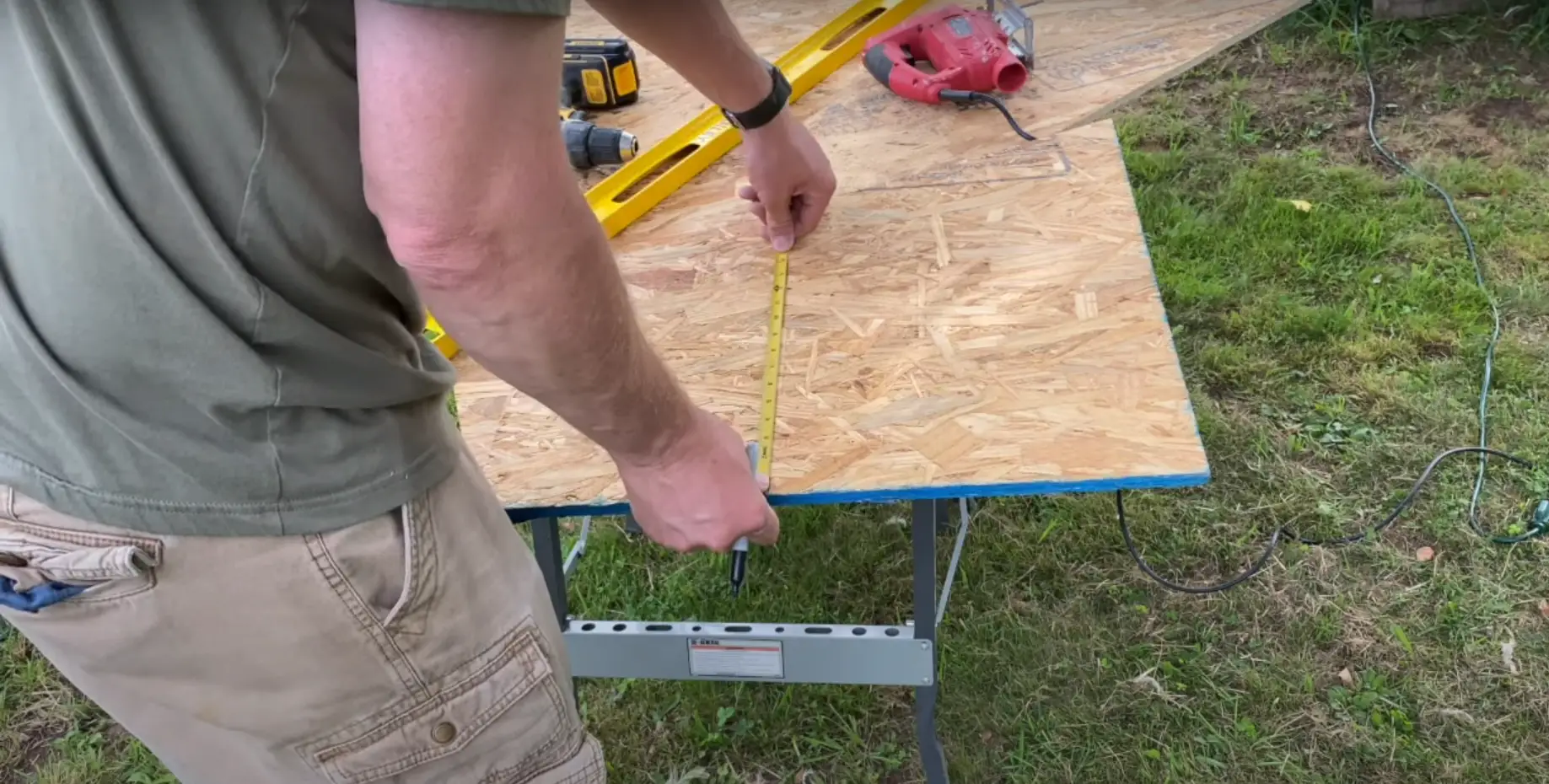
Nesting Boxes: Nesting boxes are essential for chicken comfort and egg production – make sure they’re easy to access and placed away from any drafts in the coop. It’s best to use nesting boxes that are big enough for each bird so they can lay their eggs feeling cramped.
Feeders and Waterers: Make sure you have feeders and waterers that are easy to access, clean, and refill. Ideally, they should be elevated so they’re out of the reach of any predators. You may also want to consider installing automatic feeders and waterers if you won’t be around to refill them regularly.
With these considerations in mind, you can turn an ordinary shed into a comfortable chicken coop for your birds! Just remember that a well-designed coop is essential for healthy chickens – take the time to make sure your chickens have all the space and amenities they need. [4]
What Is Chicken Scratching?
Chicken scratching is a method of providing your chickens with food, exercise and fun. It is a form of foraging where the chickens are allowed to scratch the ground to find tasty morsels. This can include anything from grass seeds, bugs, worms and other snacks that they dig up from the earth. Chicken scratching also helps keep them entertained and healthy as it allows them to stretch their legs, wings and neck in addition to strengthening their muscles and bones.
To turn your shed into a chicken coop you will need to provide an area for your chickens to scratch around in. The best type of material for this is dirt or soil as it provides easy access for them to find all sorts of treats. You may want to add some gravel or sand to the area too, as this will help with drainage and make it more comfortable for them.
It is important that you keep an eye on your chickens when they are scratching around in the dirt, as there may be some things such as glass shards or sharp objects that could hurt them. You should also ensure that there are no items from outside sources in the dirt so that your chickens don’t ingest anything harmful.
Finally, it’s a good idea to set up a designated area for chicken scratching and make sure that your chickens are not allowed to access any other areas of the coop as it could lead to contamination. This will help ensure that they remain happy and healthy while enjoying their favorite pastime, chicken scratching!
With these tips in mind, you’ll be able to easily turn your shed into a safe and comfortable home for your chickens. By providing an area for them to scratch around in, you can help them stay healthy and entertained while helping to keep your shed clean too!
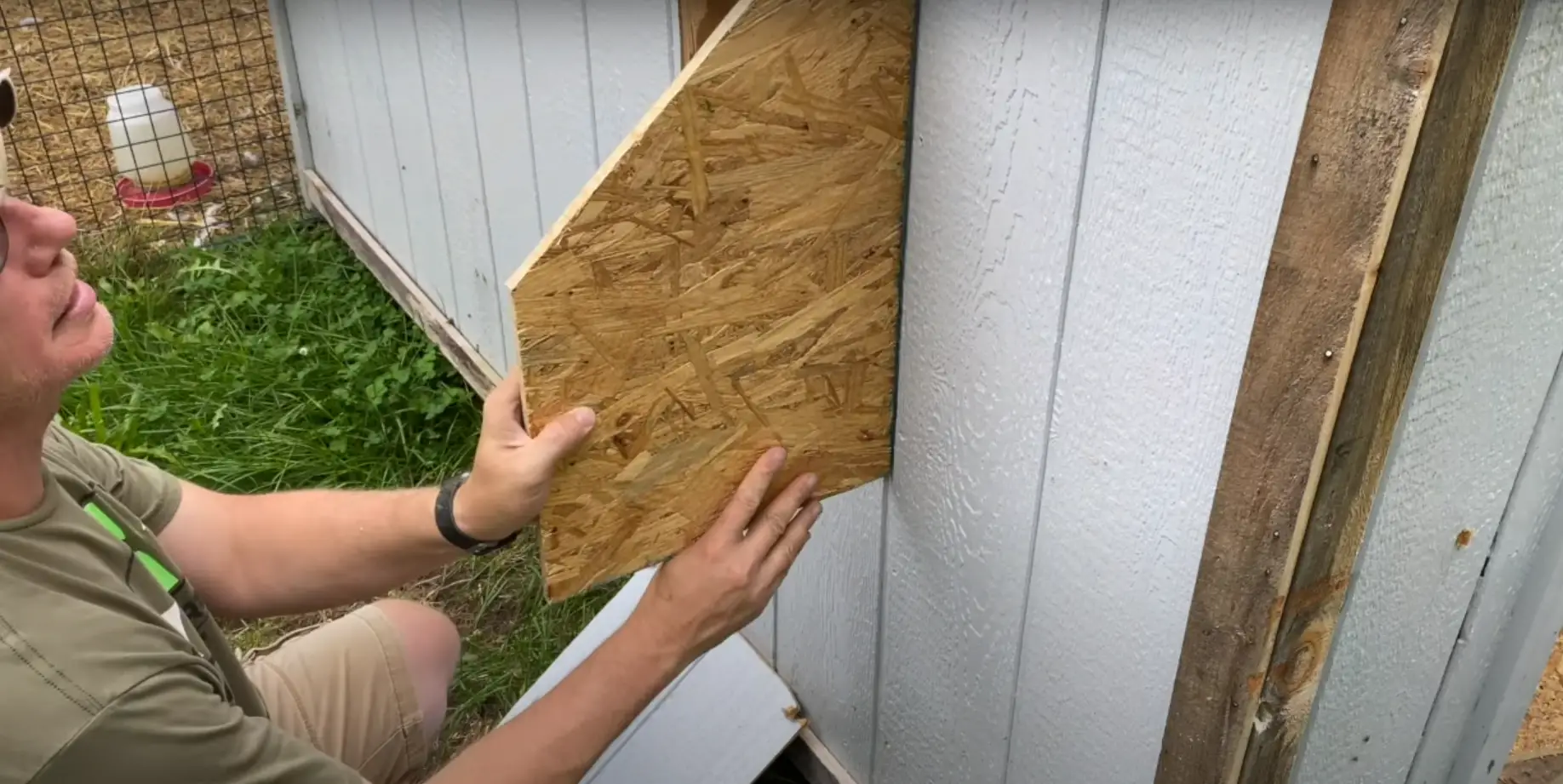
Benefits Of Converting A Shed Into A Chicken Coop
One of the main benefits of converting a shed into a chicken coop is cost. It’s much cheaper than buying an entirely new structure designed for housing chickens, and it saves you time because you don’t have to build anything from scratch. All you need to do is make a few modifications to an existing structure that can be easily done with simple tools.
Another great benefit of turning a shed into a chicken coop is that it provides your birds with more space than they would otherwise have in traditional chicken coops. If you choose the right size shed and strategically place the roosting bars and nesting boxes inside, your chickens will have plenty of room to spread out, reducing the chance of overcrowding or fights over territory.
Finally, if you decide to convert a shed into a chicken coop, you can customize it however you like. You can paint the walls any color of your choice and add decorations such as lights or curtains for added ambiance. And since sheds come in all shapes and sizes, you can create one that is perfectly suited for your flock’s needs.
Overall, converting a shed into a chicken coop is a great way to save money, provide your chickens with more space, protect them from the elements and predators, and customize it however you like! [5]
Cons Of Converting A Shed Into A Chicken Coop
Converting a shed into a chicken coop is not without its drawbacks. One of the main disadvantages of doing so is that sheds are generally not designed with chickens in mind, which means they may lack features that would be beneficial for your birds. For example, some sheds have poor ventilation or no windows at all, which could make it difficult to regulate temperature and humidity levels inside the coop.
Finally, if you don’t insulate your shed properly before converting it into a coop, then your chickens become too cold during the winter months. This could cause them to become ill, as well as reduce their egg production significantly.
Overall, before deciding to turn a shed into a chicken coop, it’s important to understand the drawbacks and consider whether or not you are willing to make the necessary modifications in order for the conversion to be successful. If you feel up for the challenge, then go ahead – just remember that it’s important to take the time and research proper ventilation, insulation, and other features that will ensure your chickens stay healthy and comfortable in their new home! [6]
How to Insulate a Shed?
When turning a shed into a chicken coop, one important step is to insulate the structure. Proper insulation can provide year-round comfort for your chickens and help keep their eggs warm in cold weather. Here are some tips on how you can properly insulate your shed:
- Install fiberglass batt insulation. This type of insulation is commonly used in walls, ceilings and floors. It’s an easy option that can be cut to fit any space or wall shape. Just make sure you wear protective clothing while handling this material due to its itchy fibers!
- Use foam board insulation on exterior walls and ceilings. Foam board insulation has been proven very effective in retaining heat during colder months and providing cooling during summer months. To install, stick the foam board to the frame of your shed using adhesive or screws.
- Line walls and ceilings with reflective insulation. This type of insulation is made from a combination of materials including aluminum foil, cardboard, plastic films and paper sheets that reflect heat away from the area it’s installed in. It can be used on both interior and exterior surfaces for added protection against extreme temperatures.
- Add weather-stripping around windows and doors. Weather-stripping is a sealant material that helps reduce air leaks between two surfaces such as window frames and door jambs. Use weather-stripping tape or spray foam along edges to ensure maximum efficiency in keeping drafts out of your shed.
By taking the necessary steps to insulate your shed, you can help ensure that your chickens stay comfortable year-round no matter what the weather. With these tips in mind, you can make sure that your chicken coop is as energy efficient as possible!
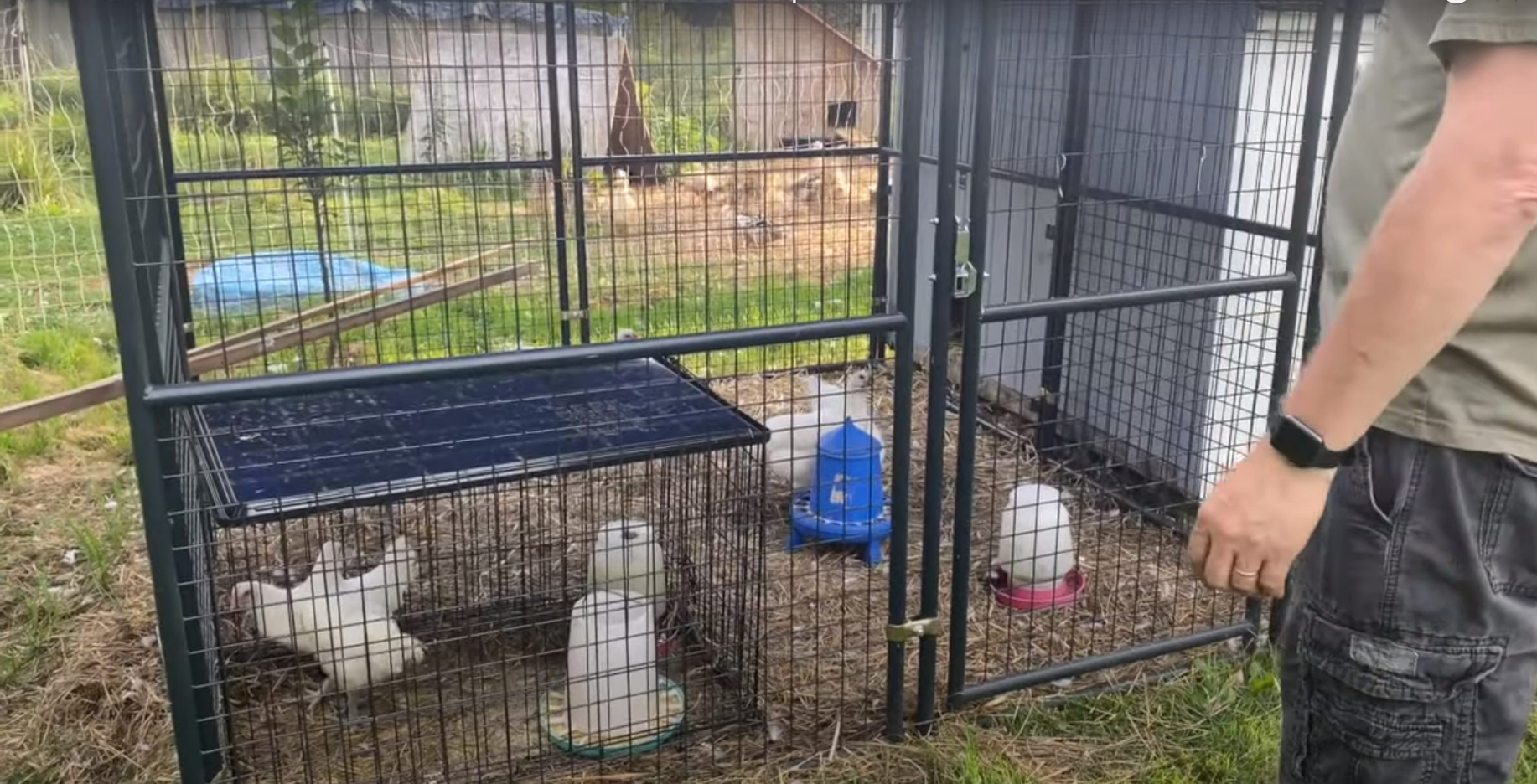
How To Secure The Shed?
You need to make sure that the shed is secured from all predators. You can do this by reinforcing the walls, door and windows of the shed. Make sure that you use heavy-duty materials like wood or metal for your reinforcements.
Finally, check regularly for cracks in the walls and other weak points that could allow animals access to your coop. Doing so will ensure maximum safety for your chickens while they’re inside their new home! [7]
FAQ
Can you convert a shed into a chicken coop?
Yes, you can convert a shed into a chicken coop with some planning and preparation. It’s important to make sure that the space is big enough for your chickens to move around comfortably and that it meets requirements for ventilation, access to daylight, protection from predators, and other needs. You’ll also need to prepare the shed by taking measures such as insulating walls and floors, adding roosting areas, providing nesting boxes and feeders, making sure the roof is secure against predators or weather elements, and ensuring there are easy-to-maintain doors in place. With proper preparation, you can turn your shed into a safe and comfortable home for your chickens.
What kind of materials do I need to convert a shed?
When converting a shed into a chicken coop, you’ll need such as insulation, roosting bars, nesting boxes, feeders, ventilation grates or windows, and weather-resistant roofing. Depending on the size of your shed and the number of chickens you plan to house in it, additional items may be required. It’s important to do research ahead of time so that you know what materials will be necessary for the job.
How much does it cost to convert a shed into a chicken coop?
The cost of converting a shed into a chicken coop can vary depending on the size of the shed and type of material used. Generally speaking, basic materials such as insulation, roosting bars, nesting boxes, feeders, and ventilation grates or windows will cost around $200-400. Additional materials such as weather-resistant roofing may add an additional $100-150 to the total cost. Additionally, labor costs may need to be factored in if you are having a professional do the work for you.
Should I use treated wood when converting a shed into a chicken coop?
Yes, it’s important to use pressure-treated lumber when building components like roosts and nesting boxes for your chicken coop. This type of wood has been treated with chemicals that make it resistant to rot and insect damage – both of which can be significant problems in outdoor environments. Pressure-treated lumber is more expensive than regular wood but it is well worth the extra cost in order to ensure that your coop lasts for many years. If you are going to be painting any part of the coop, make sure to use a paint intended for outdoor use so that it can stand up to the elements.
Are there any regulations I need to take into consideration when converting a shed into a chicken coop?
Depending on where you live, there may be certain regulations you’ll need to follow when converting a shed into a chicken coop. For example, some local governments have restrictions about how large enclosures for poultry can be and what kind of material can be used in their construction. Additionally, there may be laws regarding noise levels from birds or limiting the number of birds that can be kept in a certain area. It’s important to research local regulations and make sure you are following them before beginning the conversion process.
Is a shed too hot for chickens?
It depends on the size and construction of your shed. Sheds that are too small with low ventilation cannot be easily converted into a chicken coop, as it can become very hot in there during the summer months. The increased temperature will cause stress to your chickens which may result in poor health or death. Additionally, sheds without proper insulation won’t provide enough protection from cold weather, either. If you decide to use a shed for your chickens, make sure it is adequately ventilated and insulated, so that your flock can remain comfortable inside even when the weather is extreme. You should also install a thermometer inside the coop to monitor its temperature and keep it within an acceptable range at all times. With adequate ventilation, insulation, and temperature regulation, a shed can be an acceptable home for chickens.
How many chickens can fit in a 12×12 coop?
How many chickens can fit in a 12×12 shed-turned-coop depends on the density of the flock and how much space you allot for perching, dust bathing, and other activities. Generally speaking, two to three chickens should be able to comfortably occupy a 12×12 foot coop. Keeping too many chickens in such a small space would be overcrowded and stressful for the birds, so it’s important that you provide enough room for them to spread out and move around. Additionally, make sure your coop is well ventilated to avoid overheating or any potential health risks due to poor air quality.
Useful Video: How we turned this JUNK shed into an AMAZING chicken coop DIY
Conclusion
Once you have completed the steps above, your shed should be fully transformed into a safe and comfortable chicken coop. Make sure your chickens have plenty of food and water to stay healthy, check for any signs of damage regularly, and enjoy watching your chickens thrive in their new home! With some imagination and elbow grease, turning a shed into a chicken coop is an easy way to provide your feathered friends with the perfect living space.
Good luck!
References:
- https://simplelivingcountrygal.com/converting-a-shed-into-a-chicken-coop/
- https://www.farmersalmanac.com/diy-converting-shed-chicken-coop-119773
- https://lpcorp.com/blog/6-steps-to-turn-your-shed-into-a-chicken-coop
- https://www.timbercreekfarmer.com/make-a-chicken-coop-from-a-garden-shed/
- https://www.pamsbackyardchickens.com/2021/04/how-to-turn-shed-into-chicken-coop.html
- https://www.gardenbuildingsdirect.co.uk/resource/convert-garden-shed-into-chicken-coop/
- https://www.tonyastaab.com/how-we-converted-our-garden-shed-into-a-chicken-coop/






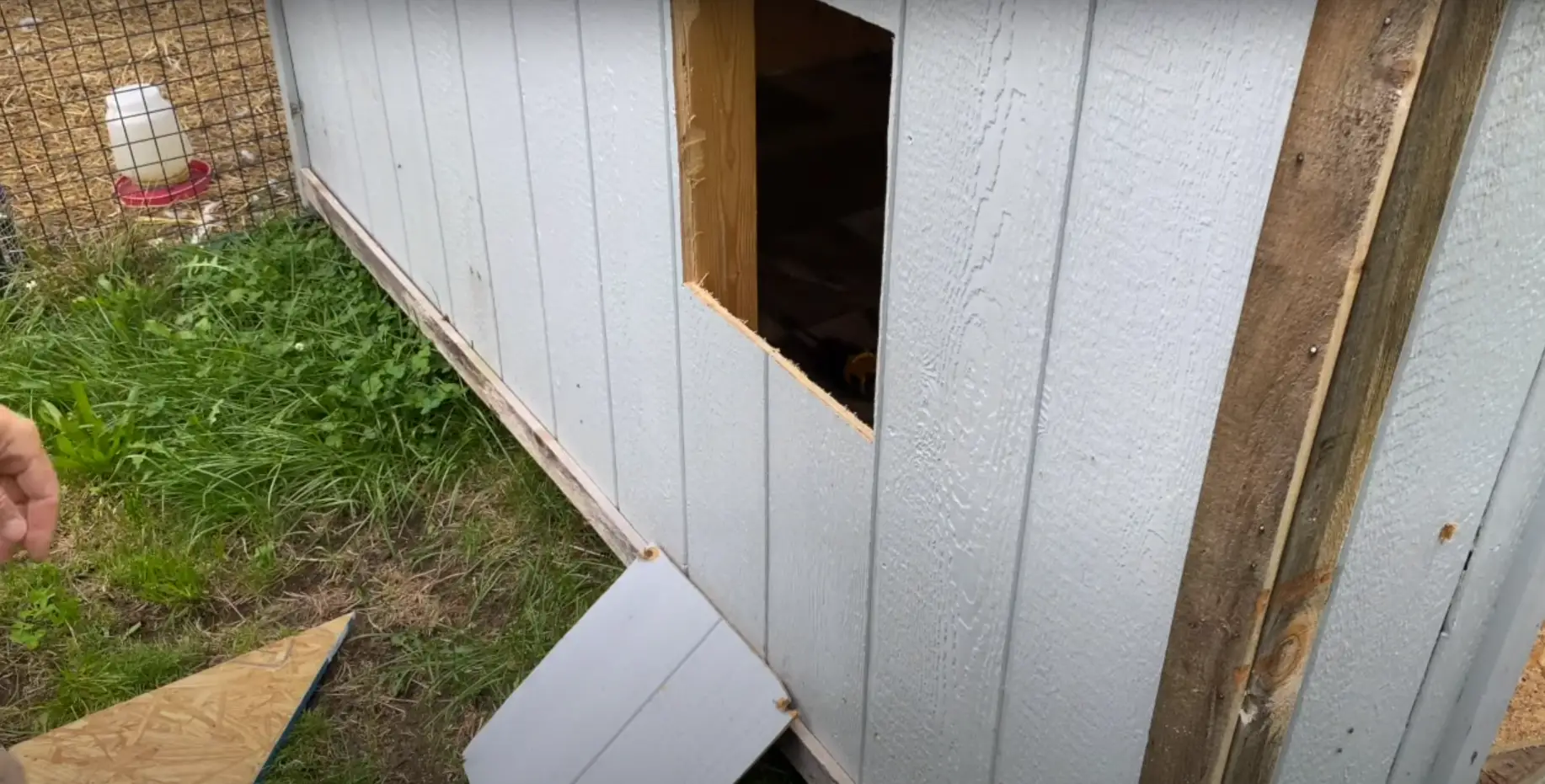
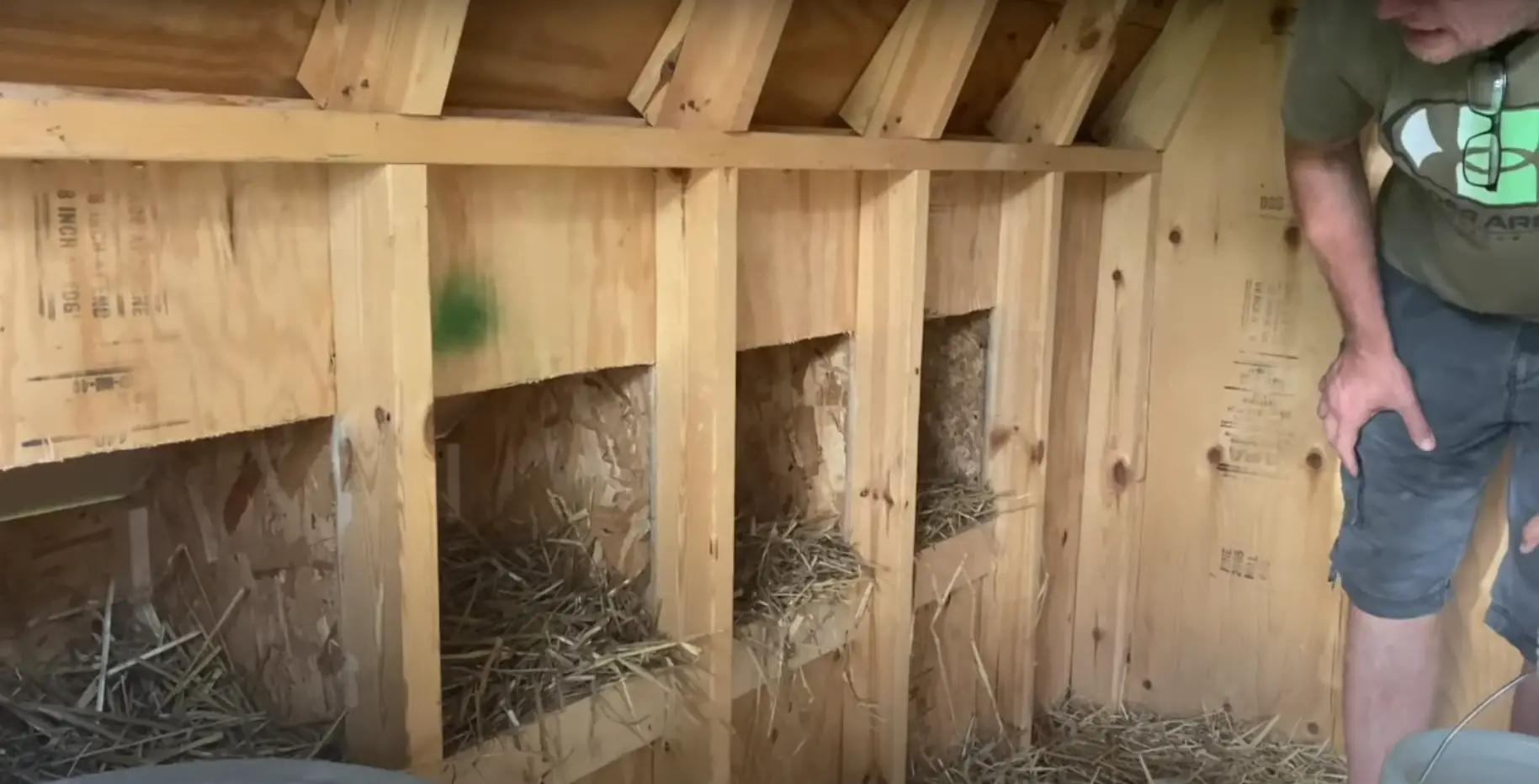



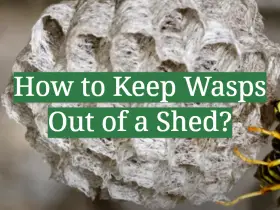
Leave a Reply
View Comments